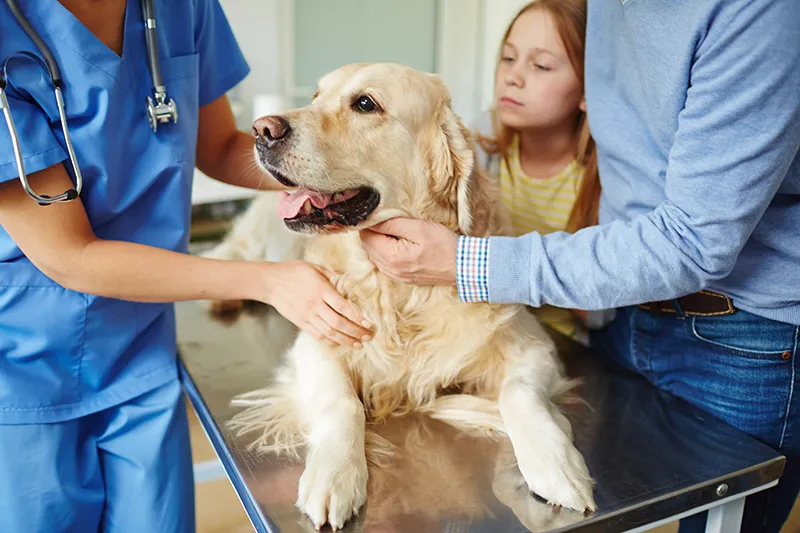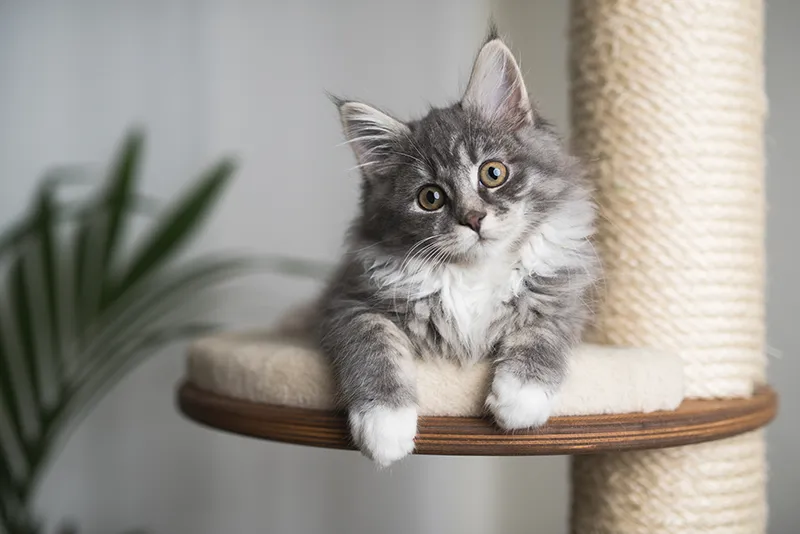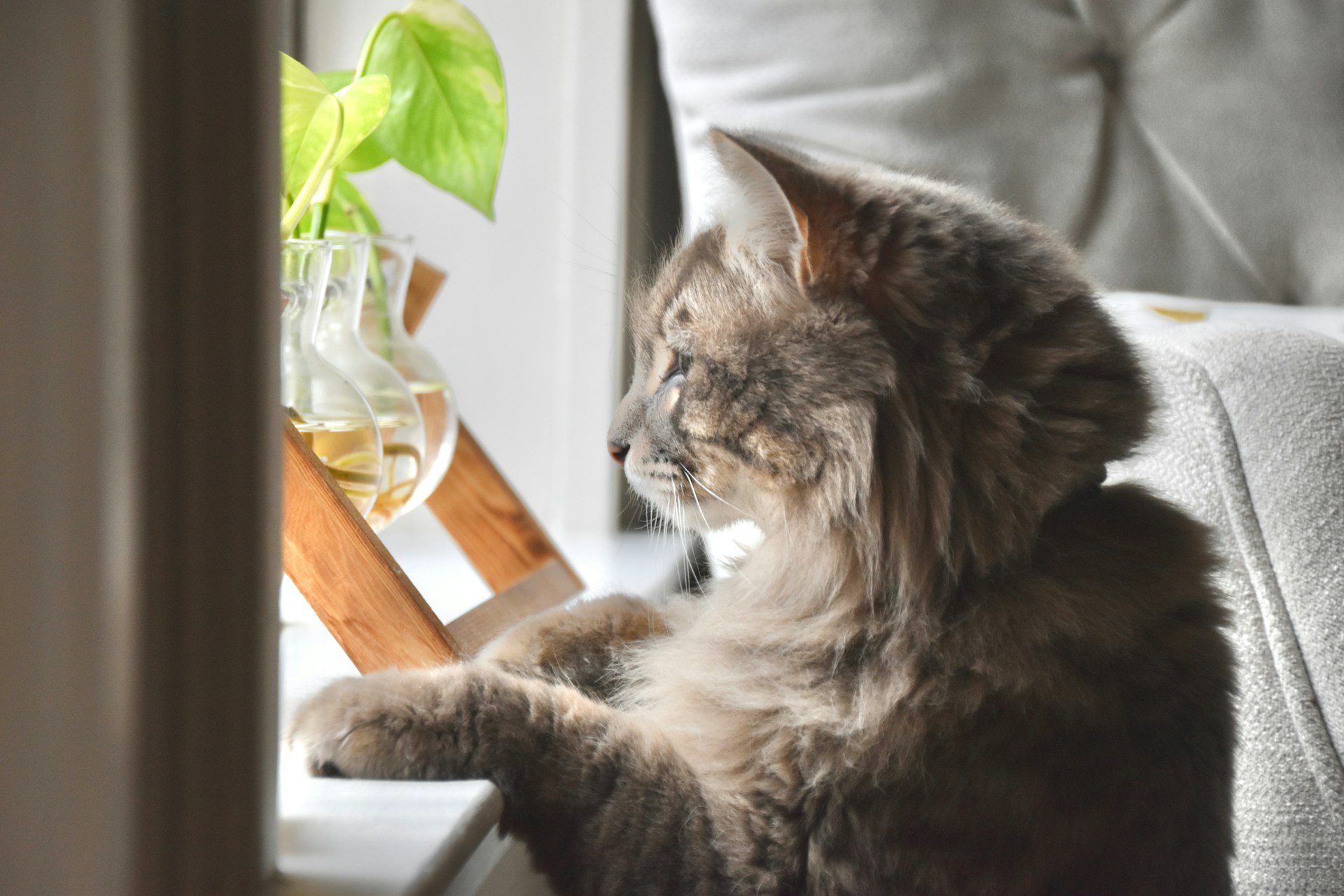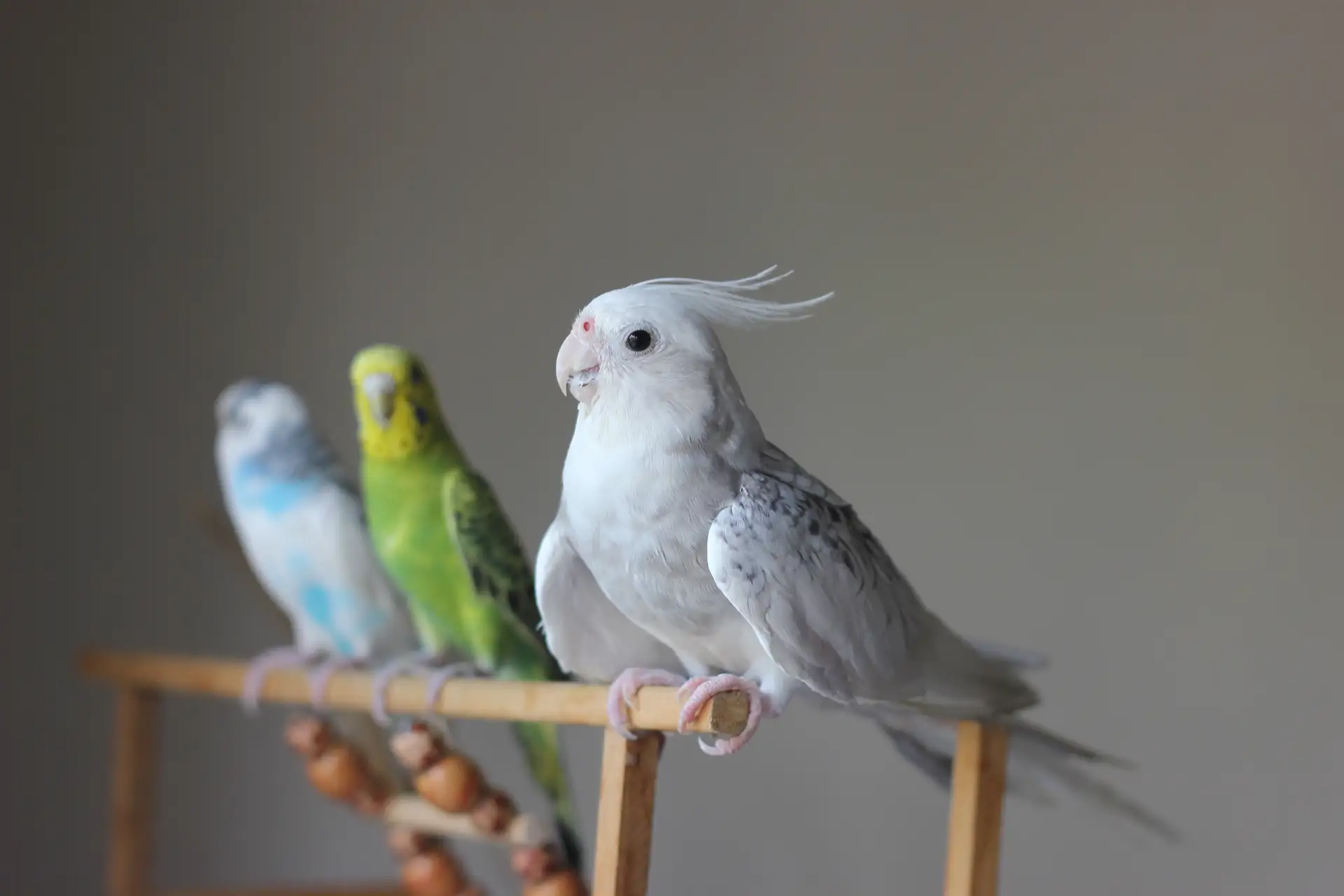Did you know that sugar gliders can live up to 15 years? Many people may find this shocking. Nowadays, many people like to keep little animals as pets. It’s not hard to understand why. Small animals are often rather affordable. They’re also quite cute, take up little space, and are small enough to easily pass weight restrictions imposed by renters or homeowners associations. However, many of the most common small animals survive only a few years. That extended lifetime is one of several factors to consider before adopting sugar gliders. This post from a local Middletown, DE veterinarian offers some great care advice for these adorable little animals
What are sugar gliders?
People frequently misidentify these lovely little fellows as rats, although they are actually marsupials. These adorable small mammals are indigenous to Australia and Indonesia. They very recently became fashionable pets, first gaining popularity in the exotic pet niche in the 1990s.
What are some fun facts about sugar gliders?
Sugar gliders are distinctive among our animal pals. Their care requirements are similar to those of a pocket pet in some ways, but more akin to those of birds. Before deciding to adopt one, you should conduct extensive research. We’ll go into more detail about care later, but in the meanwhile, here are some fascinating facts.
They are nocturnal: Sugar gliders are most active at nighttime. That’s something to bear in mind if you’re considering acquiring one for your child. Your small furballs may keep your youngster awake at night.
They all have a sweet tooth: Sugar gliders receive their name (or part of it) from the fact that they enjoy eating sweets. In the wild, their natural meals consist primarily of fruits, nectar, and honey.
They really do glide: Believe it or not, these men can glide up to 150 feet (45 meters).
It’s all in the tail. That adorable tail truly does take up half of a glider’s body length, which is around a foot.
They’re delicate: Gliders have a thin membrane that extends from their wrists to their ankles, similar to a flying squirrel. This is known as a patagium. It lets them jump and glide through the air. However, it is also extremely fragile. Because of this, you should never use a harness on a glider.
They Make Funny Sounds: Sugar glider vocalizations frequently sound like a dog barking rather than anything else.
They Need Friends: In the wild, gliders live in big colonies of up to 15 gliders. You don’t have to adopt so many, but you should have at least two. A single glider will become lonely and melancholy without any friends.
What Kind of Cage Do Gliders Need?
It is not so much that sugar gliders are difficult to care for as that they have highly specific requirements. You’ll need a fairly large cage. We recommend selecting one that measures at least 24″W x 36″H. Bigger is better here.
- These guys love to climb, so choose something that is taller than wide.
- The bars should be spaced less than half an inch apart.
- Get something with enamel or powder coating.
- Wire cages can result in injuries.
- For bedding, you can use non-treated wood shavings, shredded newspaper, or commercial liners or substrate. Check with your veterinarian about this, as many popular substrates are hazardous to gliders.
- You will need accessories, toys, and hides. Hammocks, bags, swings, ladders, and tents are all possible additions. Your pets will also like branches, (big) rings, bells, and bridges. Of course, you’ll need dishes too.
What Do Sugar Gliders eat?
This is one of the more difficult aspects of sugar glider care. They can eat regular commercial glider food, but you’ll need to supplement it with arugula, bibb lettuce, dill, or radicchio. You can serve applesauce and honey sticks as special treats.
It’s also vital to understand what not to give your pets. This includes anything high in calcium and oxalates, like raspberries, strawberries, blackberries, spinach, carrots, beets, pears, lettuce, figs, and collards. You should also avoid foods that are harmful to almost all animals, such as chocolate, garlic, and anything high in fat, salt, or sugar. Ask your Middletown, DE veterinarian for particular guidance.
How Do You Bond with a Glider?
Gliders, like many other small creatures, are prey in their natural habitat and can be shy. Once you’ve earned your pet’s trust, you’ll notice that he or she grows quite connected to you. In fact, one of the best things about these little guys is that, because they are so gregarious, they frequently bond with entire families. However, they will naturally be most attached to whoever loves them the most.
Once gliders become bonded to someone, they will be devastated if they are separated from them or rehomed. As a result, we highly advise against purchasing gliders unless you are certain that you will retain them for their whole lifetimes. Otherwise, choose something shorter-lived, such as a hamster or Guinea pig.
However, it may take some time before you gain their trust. There are several things you can do:
Wear pouches: Sugar gliders prefer to snuggle up in little hammocks. You can wear a hoodie with a pouch and let them sleep in it.
Make your scent known: Gliders are highly scent-oriented. Putting a worn t-shirt in your pet’s cage can help them become accustomed to your scent.
Use a tent: Making a small tent and petting your little friends inside it can be an effective way to get them acquainted with you.
Offer treats: Remember the old saying that the path to a man’s heart is through his stomach? That goes for many pets as well. Giving your adorable pets tasty snacks is another effective technique to help them create a positive connection with you.
Make it fun: If you truly want to pamper your tiny companions, consider purchasing or crafting a custom glider apron. This may sound silly, but many gliders enjoy these! You may also create a fun climbing wall for your pets.
What Are the Signs of Sickness in Sugar Gliders?
As with any other animal, you’ll need to learn about typical health issues and symptoms to look out for. Pay close attention to your gliders and look for signals that something is awry.
Here are some red flags to watch for:
- Diarrhea
- Lethargy
- Obesity
- Constipation
- Eye Problems
- Lack of Appetite
- Abnormal respiration
- Dragging their hind legs
- Hair loss
- Anorexia
- Seizures
- Shaking
- Vomiting
If you detect any of these issues, contact your veterinarian straight away.
Get Specific Advice From Your Vet
This is simply a brief summary of sugar glider care. There’s a lot more to cover. Always conduct extensive research before acquiring a new pet. Also, don’t be scared to ask your Middletown, DE veterinarian for tips and advice. We’re always delighted to help!
Schedule an appointment at our Middletown, DE pet clinic
Do you have any inquiries regarding sugar glider care? Contact your Middletown, DE pet hospital today!






!Social Media Icons